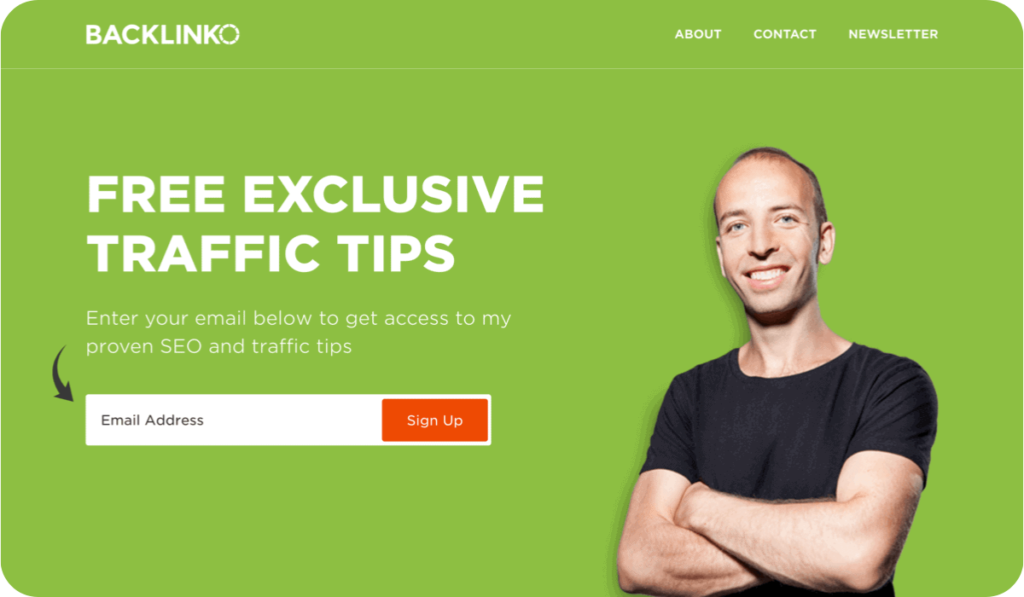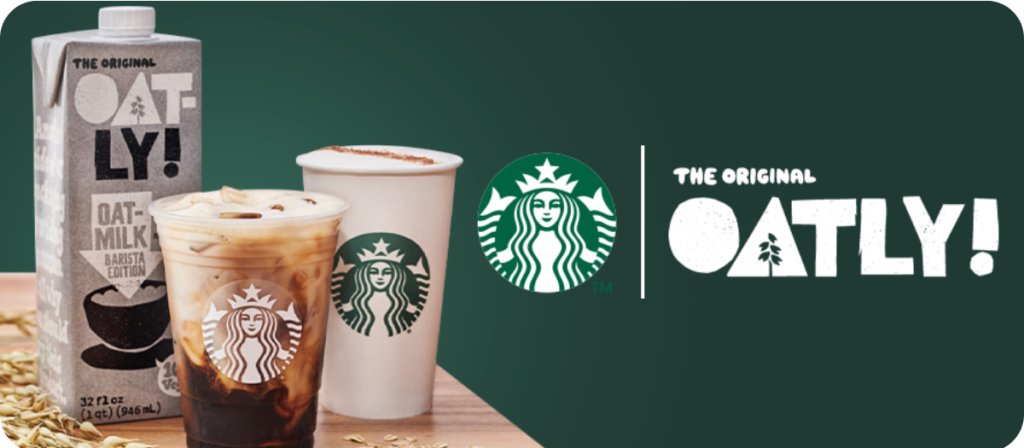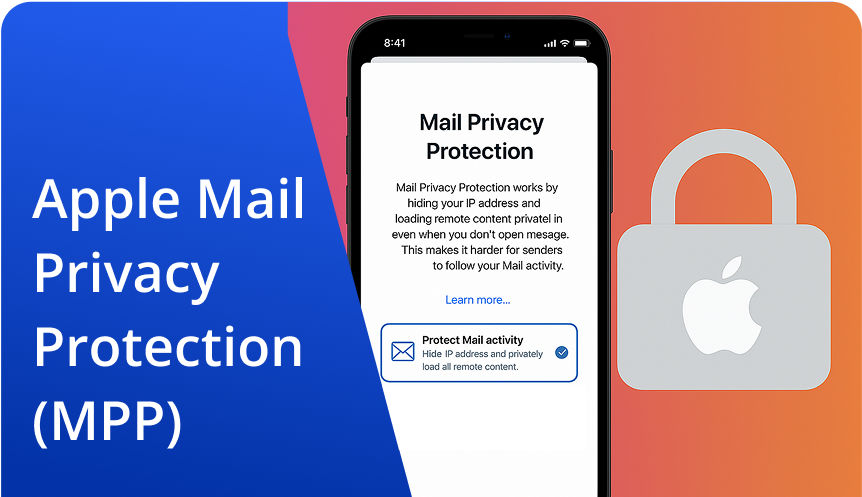In a world dominated by industry giants with deep pockets and massive reach, it can be easy for small businesses to feel overshadowed. But here’s the truth! Small businesses can compete and win against big brands.
In fact, agility, authenticity, and creativity often give smaller players an edge that larger companies struggle to replicate. Let’s explore how small businesses can actually thrive in the shadow of giants and level the playing field.
Own Your Niche And Dominate
Big brands often go wide; small businesses should go deep. Rather than trying to appeal to everyone, focus on a specific market segment that resonates with your product or service. Niche targeting allows you to:
- Build a loyal customer base
- Speak directly to pain points
- Offer specialized expertise
Beardbrand
Beardbrand’s success story is inspiring. A small grooming company went from a blog to a $100K/month business. How? They started with a sharp focus on a niche that was completely overlooked: The urban beardsman (style-conscious men who saw facial hair as part of their identity).
Instead of trying to appeal to all men, they zeroed in on this specific group and built everything around them. But they didn’t start by selling products. Beardbrand led with valuable, relatable content through blog posts, YouTube videos, and social media that educated their audience on grooming, style, and beard care. This content-first approach helped them build trust and authority within the community before ever pitching a product. More importantly, they weren’t just growing an audience they were building a tribe. By coining the term “urban beardsman” and creating a space where their target customers felt seen and celebrated, Beardbrand turned casual followers into loyal fans and customers into brand advocates.
Craft Content That Educates And Converts
Content is the great equalizer. A well-written blog post or helpful video can outrank a big brand on Google if it’s truly valuable.
- Focus on SEO-rich how-tos, listicles, and industry insights.
- Repurpose content for email, social media, and ads.
- Showcase testimonials, case studies, and UGC.
Small businesses that educate their audience become trusted experts, and trusted experts get the sale.
Backlinko
A One-Person SEO blog that outranked giants. Brian Dean started Backlinko as a one-man blog focused on actionable SEO advice. His “how-to” guides, like “SEO in 2024: The Definitive Guide” or “Link Building Strategies That Work”, became reference points in the industry.
Despite being a solo creator, his content often outranked massive marketing brands. The blog helped him build a massive email list, sell courses, and eventually led to a successful acquisition by Semrush.
What can we learn?
- One high-quality guide can drive more traffic than 20 average blog posts.
- Answer the real questions: Brian built his content around what his audience was Googling.
- Educate to convert: He gave away 90% of his knowledge for free, and sold the last 10% as a premium.
- SEO isn’t just for big brands. With consistency and clarity, even a solo blog can outrank giants.
Send Personalized Emails (Don’t spray and pray)
Big brands send thousands of generic emails. You have the power to be personal and contextual.
- Use segmentation to send tailored campaigns.
- Trigger emails based on behavior.
- A/X Test subject lines, CTAs, and content for higher conversion.
MeUndies
MeUndies, an underwear startup, stands out by sending highly personalized, well-designed emails throughout the entire customer journey,not just before the sale. Their success lies in treating email as a tool to build relationships, educate customers, and drive long-term value.
Before a purchase, MeUndies captures attention with a strong welcome sequence: a playful introduction followed by a reassuring email outlining their unique selling points like quality materials and a satisfaction guarantee. They gradually introduce offers, use visually striking “Design of the Month” emails to build anticipation, and subtly cross-sell complementary products like loungewear.
Once a customer makes a purchase, MeUndies shifts gears. Their shipping confirmation emails are clear and on-brand, and they immediately follow up with personalized prompts to subscribe to their core monthly product. If the customer doesn’t subscribe right away, they trigger smart follow-ups with updated offers and product visuals using dynamic content blocks.
The Results? They achieve significantly higher open rates than the industry averages. See how they are doing it!
Pro tip: Use a smart email intelligence tool like Kasplo to analyze what your competitors are sending, and outperform them with better design, personalization, and timing.
Turn Customer Experience Into A Superpower
Small businesses can turn every interaction into a relationship. Since they have a small client base to cater to, they can provide genuinely human experiences. No bots. No long wait times. Just helpful, real people.
- Offer fast support via live chat or social media.
- Personalize the buying journey with follow-ups and loyalty rewards.
- Ask for feedback and actually implement it.
Zappos
Zappos began as a small online shoe store but became famous for its legendary customer service, including a record-breaking 10-hour support call, leading to a $1.2 billion acquisition by Amazon. Their secret? Prioritizing genuine, personalized experiences over traditional metrics. From overnighting shoes for a wedding, to sending flowers to a grieving customer, to chatting for 10 hours just to connect, Zappos consistently went above and beyond. See more examples of Zappo stories that changed customer service forever. By focusing on customer happiness, they turned service into their biggest asset, earning lifelong loyalty and word-of-mouth that helped their exceptional growth.
The truth: Great service builds word-of-mouth faster than any billboard ever could.
Invest In The Right Tools
Embracing the right tools can help small teams achieve big results. Use:
- Online store, CRM, and email automation platforms
- Design and copywriting AI tools
- Analytics dashboards to optimize performance
Shopify x Kasplo
Kasplo is an email marketing platform designed to help businesses send, track, and analyze automated email campaigns. Shopify, on the other hand, enables businesses to create an online storefront where they can promote and sell their products.
When you connect your Shopify store with Kasplo, it pulls in useful data from your store like, customer details, order history, products they browsed, and items left in their cart. Kasplo uses this information to send personalized and trigger based emails like abandoned cart reminders, product suggestions, and win-back offers increasing your store’s overall marketing ROI without any manual data handling.
You don’t need a full marketing team, just the right stack of tools that amplifies your efforts.
Collaborate, Don’t Compete
Strategic partnerships can help you grow faster without extra costs.
- Team up with complementary businesses for unique offerings at scale.
- Co-host webinars or events.
- Share leads with aligned partners.
Oatly & Starbucks
In 2021, Swedish oat milk brand Oatly, a relatively small player in the U.S. at the time, landed a game-changing partnership with global coffee giant Starbucks. The deal brought Oatly’s plant-based milk to thousands of Starbucks stores across the United States, allowing customers to substitute dairy with oat milk in their favorite beverages. With more people turning to plant-based alternatives for health, environmental, or ethical reasons, oat milk has started gaining popularity because of its creamy texture and taste that blends well with coffee.
For Oatly, the partnership meant nationwide exposure and instant credibility. From being a niche brand found mostly in health food stores, it suddenly became a household name, associated with a premium and widely trusted brand. Together, this partnership showed how a small brand with a unique offering and a large brand with reach and resources can create a win-win by delivering what people really want.
Final Thoughts
Your size isn’t a setback. It’s your superpower. You don’t need a billion-dollar budget to build a winning brand. What you do need is clarity, creativity, and a deep understanding of your audience. Whether it’s dominating a niche, crafting high-value content, or turning every customer into a raving fan, small businesses can deliver impact far beyond their size.
The truth is, today’s consumers crave realness. They want to support brands that feel human, speak directly to them, and stand for something meaningful. That’s your advantage. So don’t play catch-up with big brands. Play a different game.









